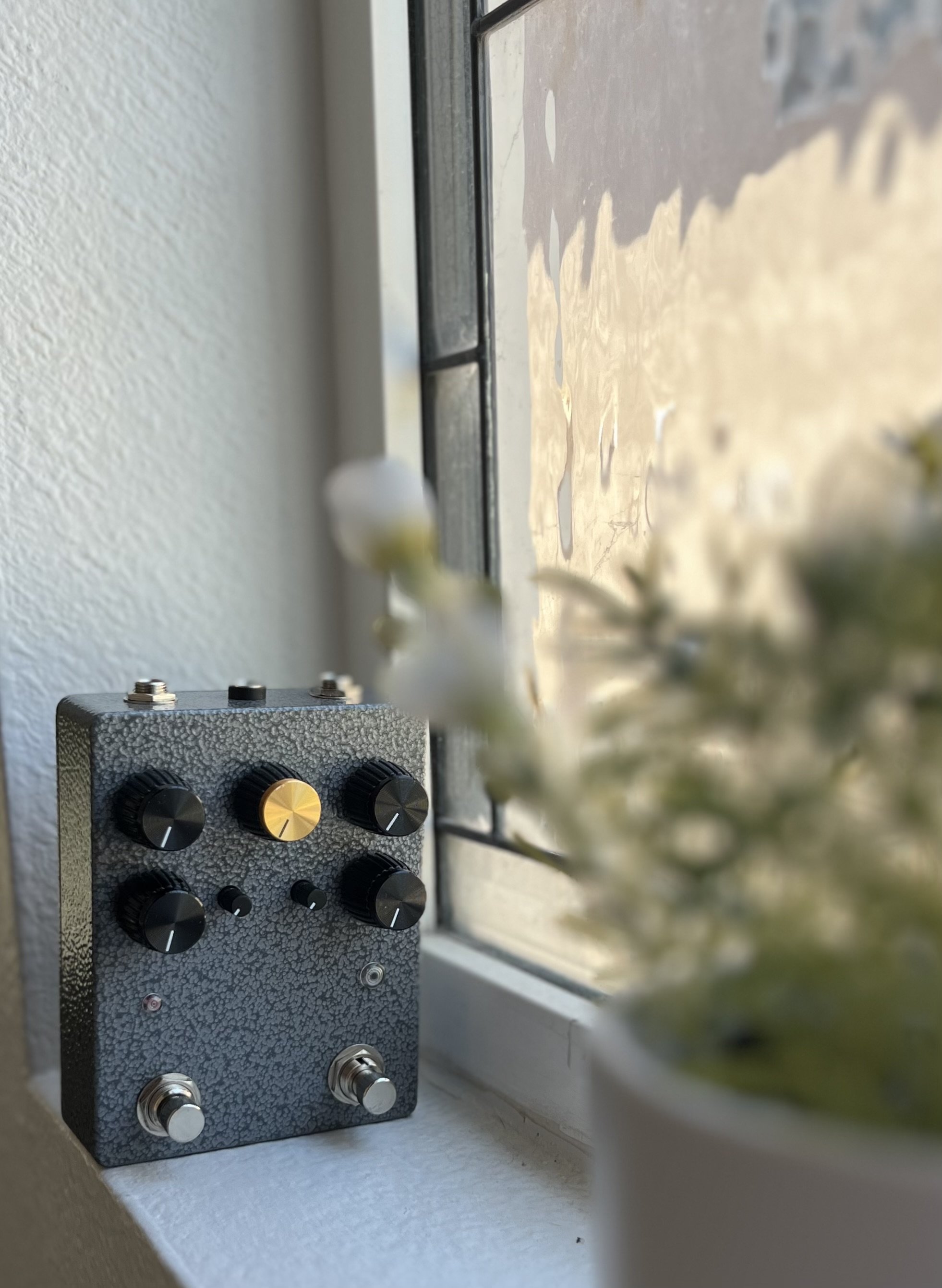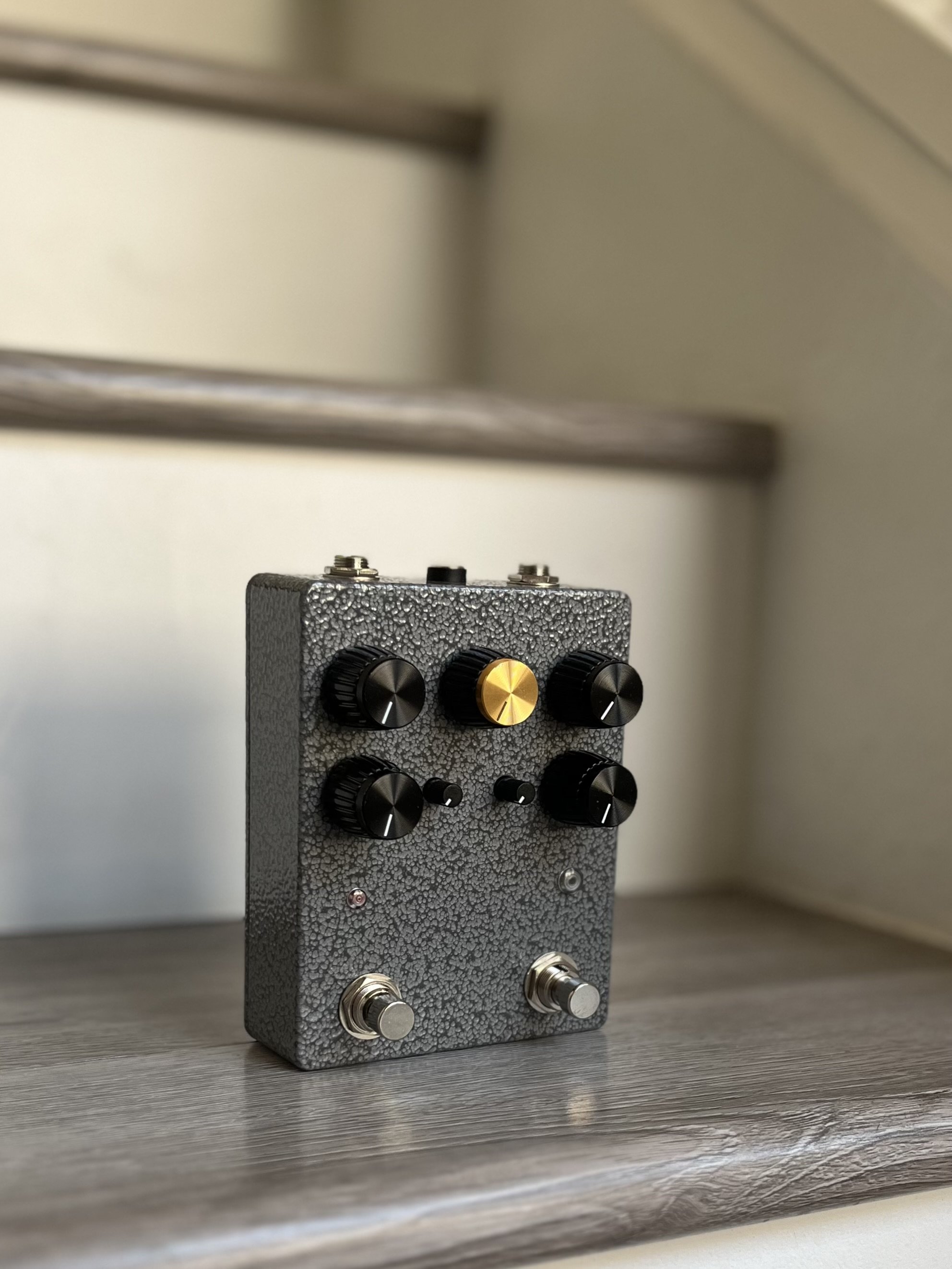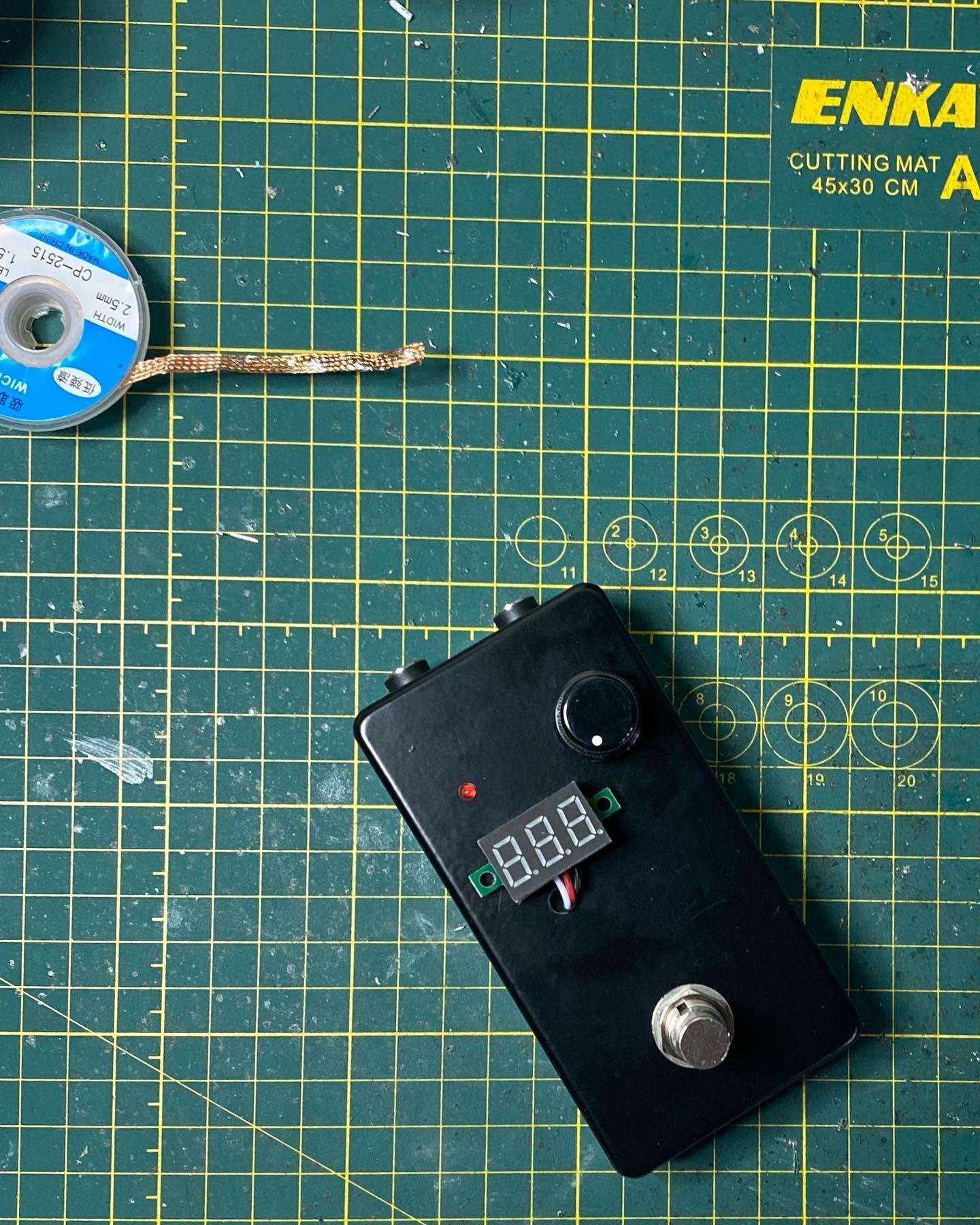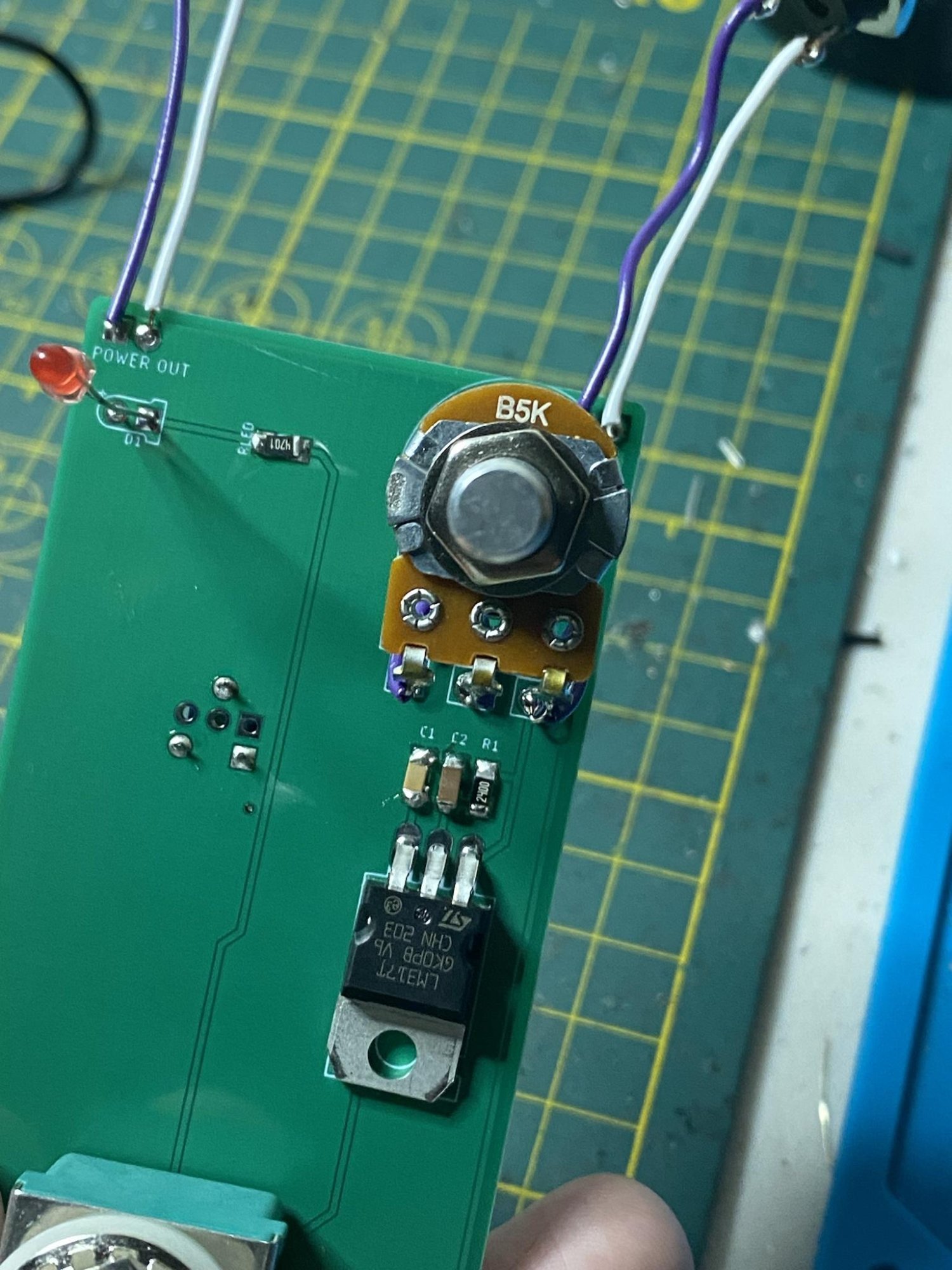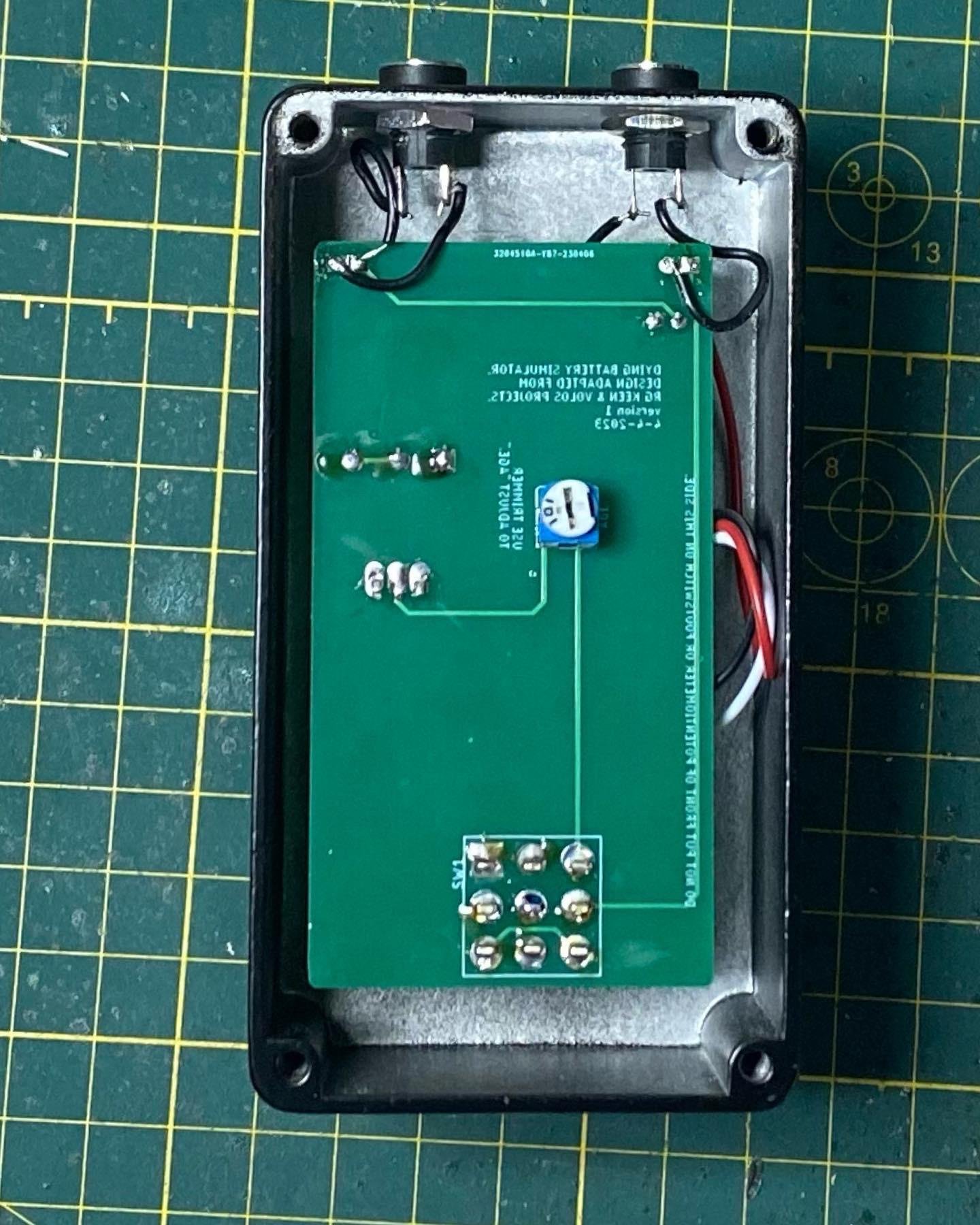Last year I built my first Smallsound/Bigsound Mini based on a PCB of my own creation. Over the course of the months that followed, I started becoming more curious about the F- Overdrive, which is a JFET based overdrive/fuzz/distortion that features a dynamically modulated starve circuit that is said to mimic the sound of a dying tube amp. To me, the effect is akin to a compressor and tremolo working in tandem. On the most subtle level, the dynamic sag circuit can make a drive pedal sound like Neil Young’s “exploding small amp” from Weld, and on the most extreme level, the pedal will struggle and strive to illicit a sound. For reference, the demo at the bottom of this page is set to about 75% of the dynamic sag’s full capabilities.
What I believed would be a simple project derived from researching a series of Google searches exploded into a full fledged R&D project. As I would later find, the information needed to construct the dynamic sag circuit was either non-functioning and/or incomplete. I solicited advice from the usual forums (FSB, DIYStompBoxes, Reddit), and ultimately rebuilt the dynamic sag circuit from scratch. While I am still not completely sure my dynamic sag circuit is 100% a part for part remake of what’s in the SSBS model, I believe I have come very close and am approximating similar sounds (effects). Furthermore, up until now, the only person I have seen publicly claim to get the dynamic sag circuit to work is Brian from SSBS. Even Andrew/The Tone God who first shared the dynamic sag circuit which later made its way into the SSBS drive has never made a claim to producing a functioning unit.
This project started back in April and it wasn’t until now that I’ve completed the product I set out to create: A JFET drive with a dynamic starve circuit. The primary circuit is the SSBS Mini, but I did make some changes along the way like implementing some snippets from the Fairfield Circuitry Barbershop and Benson Preamp. I also added an additional control to the dynamic sag circuit: “Brokenness” that acts sort of like an attack/decay knob. Just like the SSBS F- Overdrive, the dynamic sag unit is footswitch bypass-able, meaning the pedal can either be run with the normal power supply or be run with the sag unit activated. I opted against making it momentary activated because (1) it would require an additional SPDT toggle switch that I had difficulty fitting on to the PCB layout and (2) for my style of music/playing, I found myself preferring it to be a “latching” effect versus momentary.
Controls
Volume - Controls audio level output.
Gain - Controls two gain stages simultaneously and increases distortion levels.
Bass - Passive EQ control for bass frequencies.
Treble - Passive EQ control for treble frequencies.
Threshold - Determines aggressiveness of dynamic sag.
Sensitivity - Adjust for audio input. Hotter signals and pick-ups may require less sensitivity.
Range - Determines how much voltage (although technically, current) gets starved but also acts like an attack/decay knob.
If you would like to play around with the dynamic sag and see its effect on voltage, see this model: https://everycircuit.com/circuit/4638353567514624.
Demo
Updates
August 5, 2023: Added a “full band” demo. Made changes to some of the wording regarding the controls. Updated with dynamic sag model.

